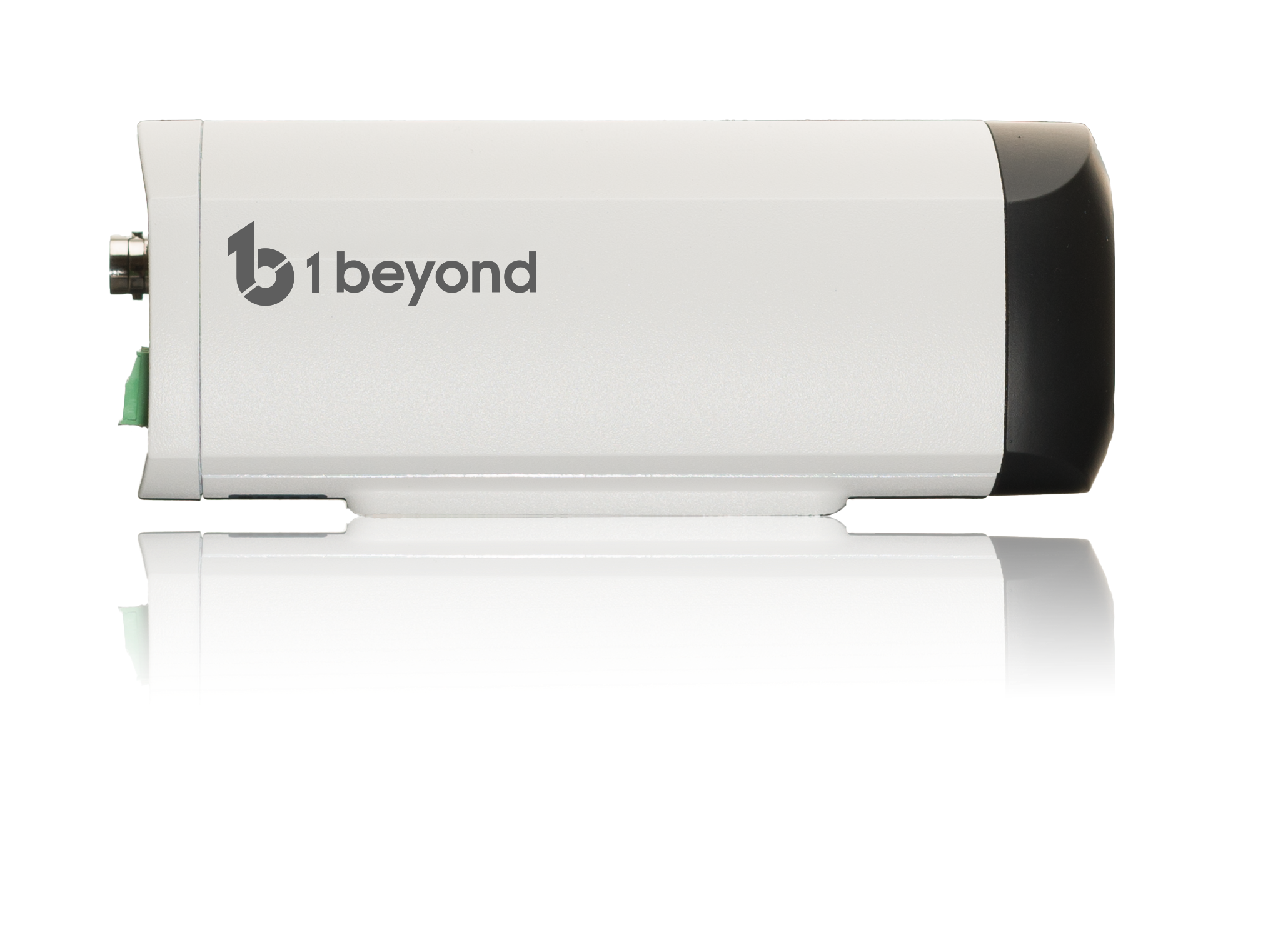One of the lasting trends of the pandemic is sure to be a greater emphasis on streaming production values. To fulfill this need, 1Beyond recently launched the Hawk and Falcon low-cost camera tracking solutions for small- to medium-sized rooms. These solutions are particularly well suited for conference rooms and classrooms, as well as for situations that require a camera operator, but where one would be impractical. Software-based videography is the future of virtual presentations and videoconferencing, and 1 Beyond is a leader in that field.
The Hawk and Falcon systems are designed to do two different jobs. The Falcon camera system is designed for panning shots to track a speaker who is walking around while presenting. The 4K camera features a 1080p digital zoom output and works by facial recognition. The system seems to be ideal for stage-based presentations where you would be walking around slowly in a larger area.
[ 1 Beyond on AV in the Post-COVID World ]
The goal of the Hawk camera system is completely different. It attempts to make sure the viewer of the video does not see tracking shots at all. Instead, the system works by framing up a stationary shot based on the audio it hears and the faces it sees, with the software selecting the video channel for that camera. Once that new shot is live, the other camera works on framing up the next shot to transition to. The result is that video output is always a stationary image, which would be practical for whiteboard/chalkboard presentations, where it would be difficult for viewers to take notes if the camera was constantly panning around to follow the speaker.

Impressions
The Falcon camera tracks well, albeit a little slowly if you are closer than 15 feet away. I assume this will be adjustable and most likely defaults to this speed to avoid giving viewers motion sickness. The Hawk, however, did a very good job of detection when someone had left the frame, and had a new camera angle ready to go right away. There was never any part of the video output where a speaker was off screen for more than a second or two.
[ Watch 1Beyond's Hawk demo and Falcon demo videos ]
The image quality was the very first thing that I noticed, and it is fantastic. Both cameras were easy to set up and required no instructions to get things up and running. The software was able to detect the cameras despite them initially being on a completely different static IP subnet than the computer running the software. Usually this would prevent communication completely, but the system is smart enough to be able to pass commands. It was simple to set both devices to DHCP service without having to manually set an IP address on my computer. This is a requirement for almost all IP-based camera systems, and these were some of the easiest setups of an IP camera system I’ve encountered in recent years.
The image quality was the very first thing that I noticed, and it is fantastic.
Jeremy Caldera
Even though these systems’ strongest feature is the software tracking system, it is still a fully operational PTZ system as well. If you want to have a camera operator running the system for a specific need, you can shut off all the tracking functions and either control the system from the camera manager software or with an external PTZ controller. The system will even allow you to connect to an external control processor and hand off all control to it.
[ 1 Beyond Rebrands and Refreshes Online Presence ]
These units bring auto tracking and camera switching to the masses at a lower cost than has previously been possible. Overall, the Falcon and Hawk seem to be ideal and affordable solutions for many conferencing and presentation applications, especially those requiring remote viewers or for slightly large rooms that need projectors and monitors for the entire audience to be able to see.

